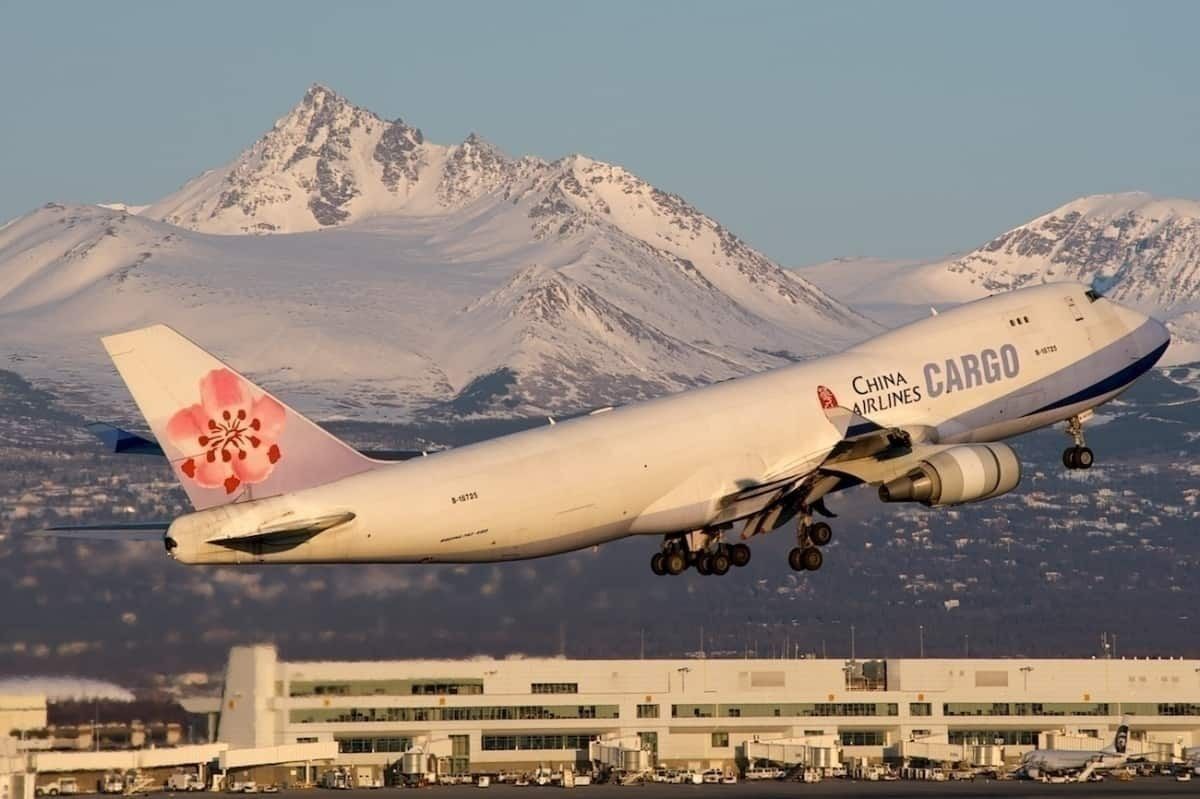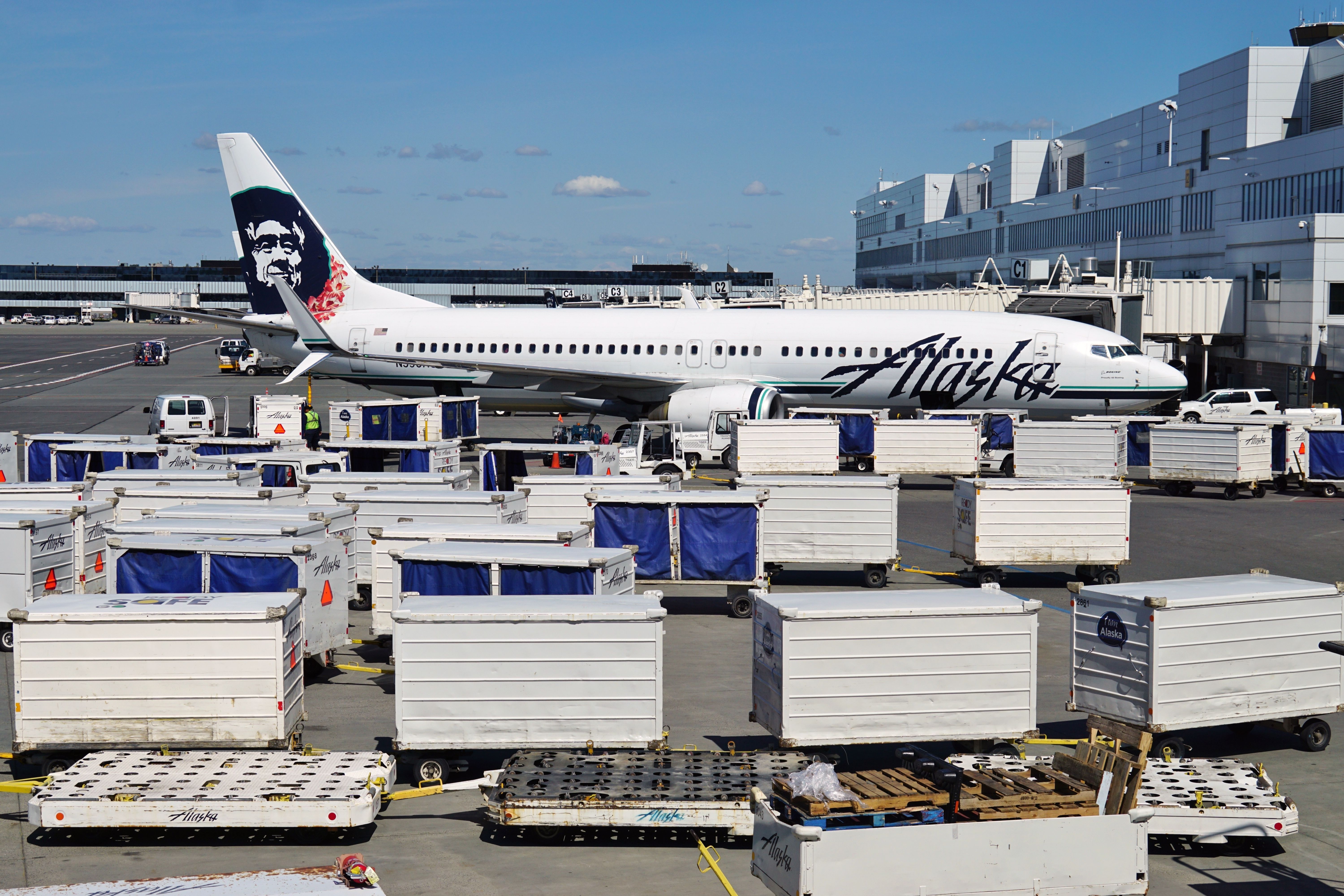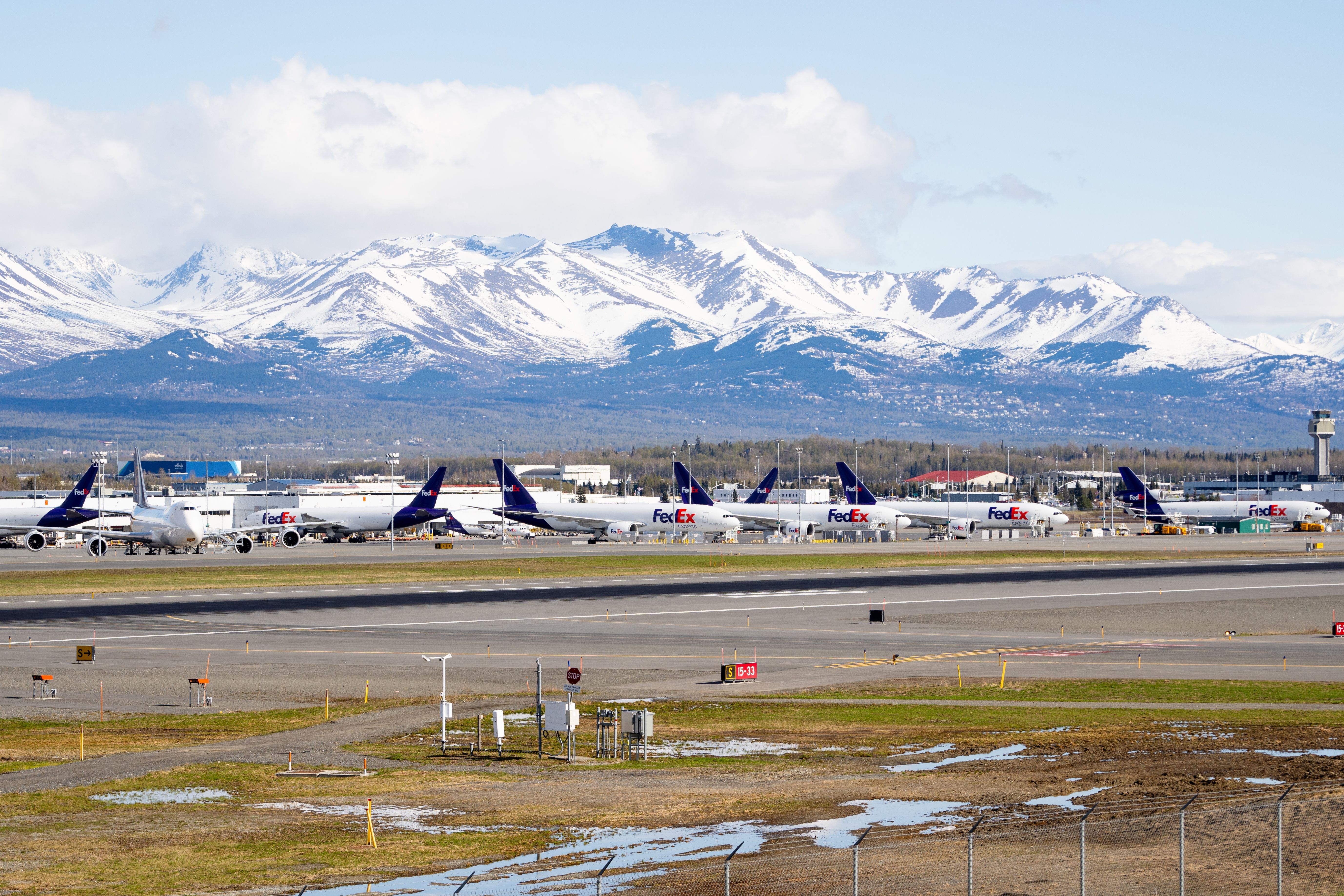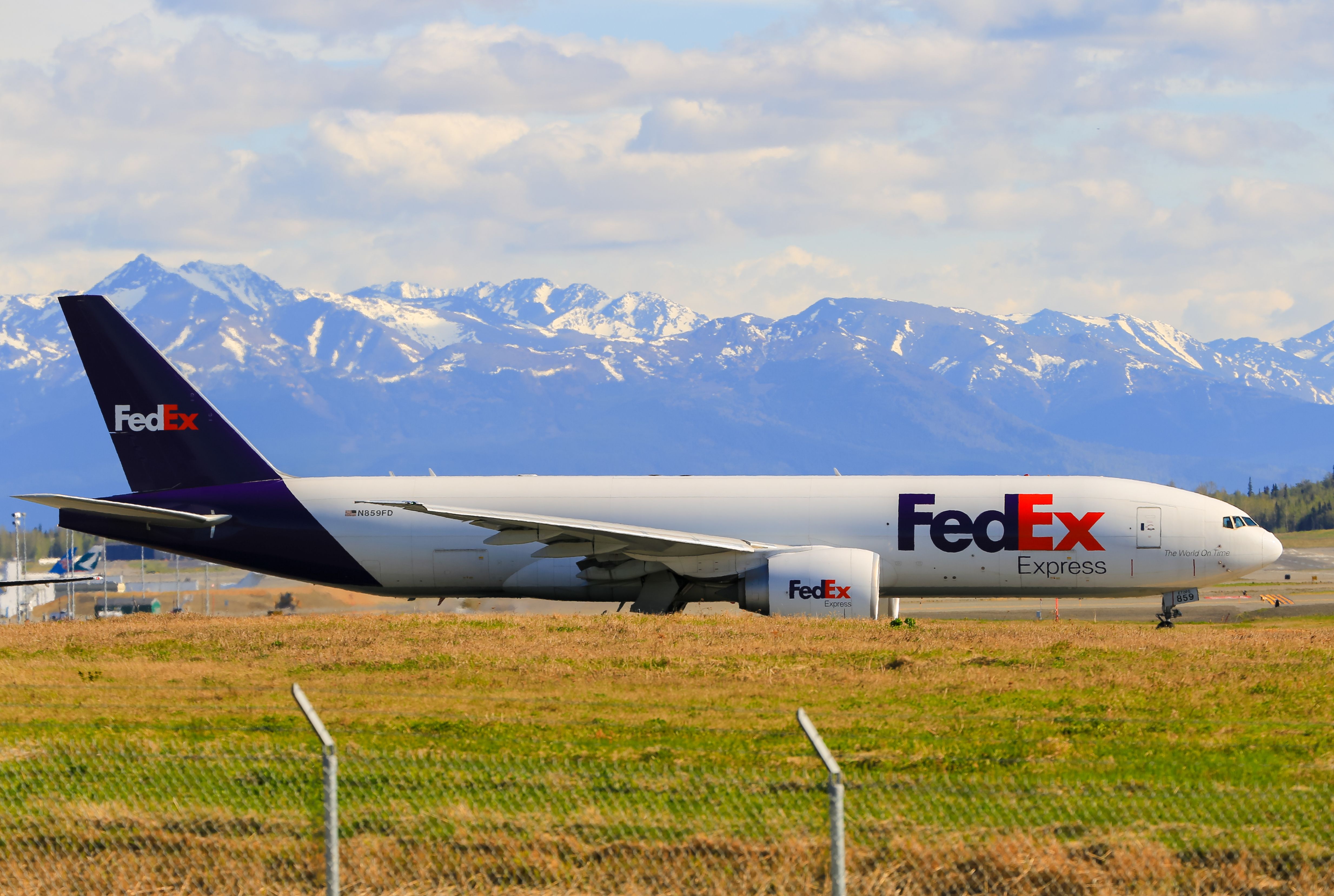Summary
- Anchorage Airport is a significant cargo hub.
- Strategic geography plays a crucial role.
- Despite global trends, ANC remains crucial for air cargo.
Anchorage, the most populous city in the state of Alaska, is different in terms of population to other US cities, such as New York or Los Angeles. However, the city’s Ted Stevens Anchorage International Airport (ANC) has seen significant activity in recent years. In fact, Anchorage became among the United States’ busiest airports during the COVID-19 pandemic.
A significant cargo hub
Established in 1951, Anchorage Airport is the largest airport in the state of Alaska, located just five miles southwest of downtown Anchorage, a city home to approximately 280,000 Americans.
Ted Stevens Anchorage Airport was a popular stopover for passenger flights between Europe and Asia for 40 years due to Cold War restrictions on flights over the Soviet Union and China. However, improved international relations allowed airlines to fly directly over Russia, reducing costs, flight times, and ticket prices in the 1990s.
Photo: EQRoy | Shutterstock
As a result, the airport has established itself in its current capacity as a significant hub for cargo traffic and a smaller-scale international airport serving passenger flights.
Strategic geography is crucial
Indeed, Anchorage enjoys its geographical location to this day. Its convenient location, equidistant between New York and Tokyo, has made its airport very popular among cargo carriers, with numerous jets arriving daily from Asia.
According to a report by Flightradar24, Anchorage is less than 9.5 hours from 90% of the industrial world. This was particularly crucial during the global COVID-19 pandemic when cargo demand surged. In 2020, Anchorage briefly became the world’s busiest airport, but only on certain Saturdays.
Commenting on the cargo activity at the airport during the global COVID-19 pandemic, the airport’s former director, Jim Szczesniak, said at the time:
“We’re seeing an increased demand for cargo capacity…and that’s primarily because a lot of the supplies for the fight against Covid in North America are produced in Asia.”

Related
Anchorage Is Becoming One Of The World’s Busiest Airports
Presently, most cargo flights from North America to Asia stop in Anchorage for refueling. Aircraft have weight limits; for long-haul nonstop flights between East Asia and North America, aircraft need to carry more fuel, which reduces cargo capacity. By flying shorter distances and refueling in Anchorage, planes can carry less fuel and more cargo.
2023: Anchorage remains in the top five
While Ted Stevens Airport did not hold onto its title as the world’s busiest cargo airport for long, the pandemic and shifting geopolitical landscape (Russia’s invasion of Ukraine) brought it international attention. Therefore, the airport has managed to retain its high cargo volumes ever since 2020.
Photo: GingChen | Shutterstock
According to Airports Council International (ACI) data, global air cargo volumes decreased by 3.1% year over year and by 4.6% compared to 2019, totaling nearly 113 million metric tons in 2023. The top ten airports, accounting for 26% or 29.6 million metric tons of global volumes, saw a 3.5% decline attributed to geopolitical tensions and disruptions in trade and supply chains.
Hong Kong International Airport (HKG) ranked first, followed by Memphis International Airport (MEM), Shanghai Pudong International Airport (PVG), Anchorage Airport (ANC) in fourth, and Incheon International Airport (ICN) in fifth. Below, find the table showcasing the 2023 busiest airport in terms of cargo volume.
|
2023 |
2022 |
Airport |
Cargo metric tons in 2023 |
% change vs 2022 |
|---|---|---|---|---|
|
1 |
1 |
Hong Kong International Airport (HKG) |
4,331,976 |
3.2 |
|
2 |
2 |
Memphis International Airport (MEM) |
3,881,211 |
-4 |
|
3 |
4 |
Shanghai Pudong International Airport (PVG) |
3,440,084 |
10.4 |
|
4 |
3 |
Ted Stevens Anchorage Airport (ANC) |
3,380,374 |
-2.4 |
|
5 |
6 |
Incheon International Airport (ICN) |
2,744,136 |
-6.9 |
|
6 |
5 |
Louisville International Airport (SDF) |
2,727,820 |
-11.1 |
|
7 |
8 |
Miami International Airport (MIA) |
2,525,591 |
1 |
|
8 |
11 |
Doha Hamad International Airport (DOH) |
2,355,503 |
1.5 |
|
9 |
9 |
Los Angeles International Airport (LAX) |
2,130,835 |
-14.9 |
|
10 |
7 |
Taipei International Airport (TPE) |
2,112,988 |
-16.8 |
Even though global air cargo demand decreased following the pandemic surge, Anchorage’s geographic advantage has led to a much smaller decline in traffic than other US airports.
The airport handled a total of 3.3 million metric tonnes of cargo in 2023, according to ACI data. This is a decrease of 2.4% compared to 2022 and an increase of 23.1% compared to pre-pandemic levels in 2019.
Indeed, Ted Stevens Airport is one of the few US airports in the top ten busiest cargo airports worldwide, with the most minor decrease in cargo volume. The only US airport to increase its cargo volume in 2023 was Miami International Airport (MIA), which handled a total of 2.5 million metric tonnes of cargo, an increase of 1% compared to 2022, according to ACI.
Eager to grow
Despite the decline in air cargo demand, Ted Stevens Airport, a home hub for major cargo players FedEx Express and UPS, remains a significant economic driver in the region. According to a report from Alaska Public, the airport supports one out of every seven jobs in Anchorage.
Photo: Michael Rosebrock | Shutterstock
In a comment to the publication, a former director of Anchorage Airport, Craig Campbell, said that FedEx has plans to build a regional hub at the airport to focus solely on shipping packages throughout Alaska.
“That’s going to be new and developing over the next couple of years, which shows that we are increasing. The airport’s increasing, the activity is increasing, the air freight, especially for Alaska, in rural Alaska is still very, very important. And it’s recognized by the industry.”
What do you think about this? Have you ever traveled from Anchorage airport? Let us know in the comments section below.




